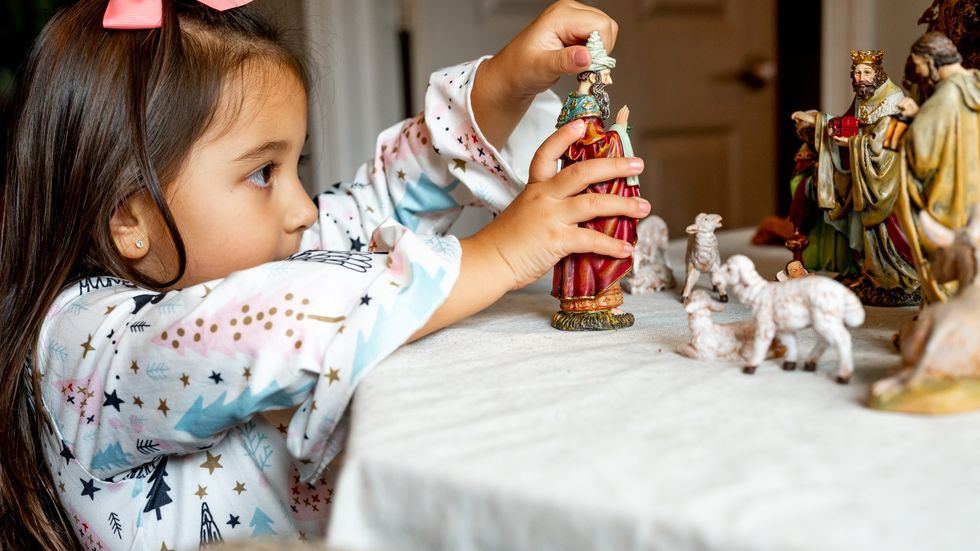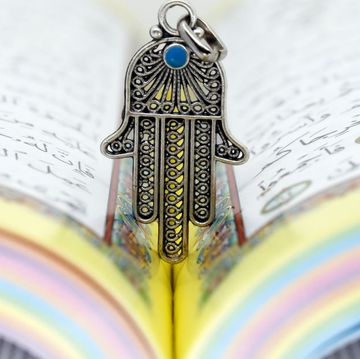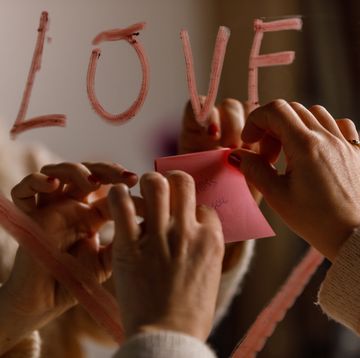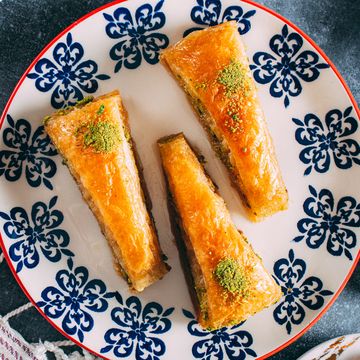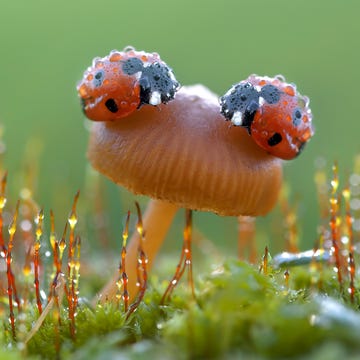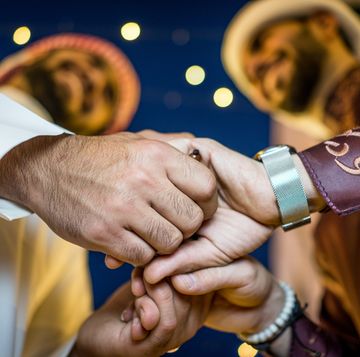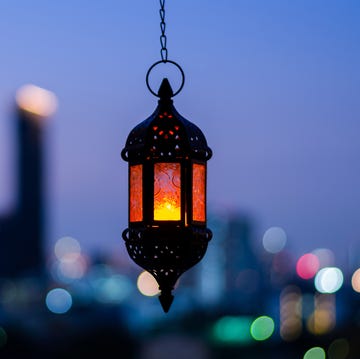The Christmas season is an important time for Christians around the world as they celebrate the birth of Christ. While Christmas Eve and Christmas Day get most of the attention, there is reason to celebrate past December 25. Three Kings' Day, or the Epiphany, is celebrated on January 6 and marks the arrival of the three kings bringing gifts to the infant Jesus. In Mexico and other Spanish-speaking countries, it is more commonly known as Día de Los Reyes, or Día de Los Reyes Magos. In this article, learn more about Día de Los Reyes, its traditions, history, and how it's celebrated.
What is Día de Los Reyes?
Día de Los Reyes translates to Three Kings' Day. It is a Christian tradition celebrated each year on January 6 to honor the Three Wise Men or Magi, who traveled to Bethlehem to present the infant Jesus with gifts of gold, frankincense, and myrrh. It officially marks the end of the Christmas season, twelve days after the birth of Christ on December 25.
For many who celebrate, Día de Los Reyes brings the promise of more gifts. Before Santa Claus became the official gift giver, children received their presents on this day and not Christmas, as the Three Kings marked the arrival of gifts to infant Jesus. Traditional food, drink, and games round out the celebration.
When is Día de Los Reyes?
In Mexico, the Christmas season starts on December 12 with Día de la Virgen de Guadalupe (Day of the Virgin of Guadalupe) and is followed by the nine-day celebration of Las Posadas from December 16 through December 24, which portrays the reenactment of Mary and Joseph’s journey through Bethlehem. Día de Los Reyes, or Three Kings' Day, closes out the holiday season on January 6.
How is Día de Los Reyes celebrated?
As Día de Los Reyes is a Christian (and often specifically Catholic) holiday, the day begins with a trip to church or other parish-related festivities like a parade commemorating the Three Wise Men’s journey to bear gifts to the infant Jesus. But the rest of the day is reserved for celebratory fun with family and friends.
“If we take a look at this holiday, we will see it holds immense cultural and religious importance, emphasizing the joy of giving and sharing,” says Eldon Mirjah, language expert and founder of learning platform Gritty Spanish. “Dia de Los Reyes Magos connects Latinx communities to their heritage, fostering a sense of unity and the continuation of cherished traditions across generations.”
Gift Giving
Día de Los Reyes is considered the big gift-giving day in Mexican culture — bigger than Christmas Day. There’s even a special tradition for kids the night before. Just like some kids leave out shoes for St. Nicholas the first week of December, children in Mexico leave their shoes out to be filled with treats and gifts from the Three Wise Men (Los Tres Reyes Magos) on January 5. Some children even leave a note for the Three Wise Men with a wish list. Think of it as an alternative to a letter to Santa.
“Similar to some of the U.S. American traditions around Christmas and Santa Claus, in Mexico, when I was a kid, my siblings, all my cousins, and I were asked by our parents to write a letter to Reyes Magos and leave it inside a shoe in each of our parents' homes and then go to bed early so that the Reyes Magos (Wise Men) would have time to come into our houses, pick up the letter, and leave their gifts next to our shoes. In many Latin American countries, the gifts for children are done on January 6 instead of Christmas Day,” says Jaime Gil Nunez, a native of Mexico and the Spanish content lead for Hallow.
Traditional Food and Drink
Rosca de Reyes
Rosca de Reyes, or King Cake, is a round yeasted bread flavored with orange and spices meant to symbolize a crown. Colorful candied fruit adorns the bread like precious jewels on a crown. Baked into the bread is a plastic baby, meant to represent the infant Jesus. Whoever finds the baby is believed to have good luck in the coming year. But some families say it also means they must make tamales for the next Christmas season.
Tamales
Tamales are a celebratory dish made from masa (a corn-based dough) and stuffed with meats, cheese, and even vegetables. They are wrapped in corn husks, steamed, and traditionally eaten alongside rice and beans. Tamales are considered a special food because of the time it takes to make them. For many, no Christmastime celebration would be complete without them.
Ponche
While many drink egg nog or mulled wine during Christmas, Ponche Navideño is the beverage of choice for Día de Los Reyes and other Mexican and Hispanic Christmas gatherings. Mexican Christmas punch is served warm, made from apples, pears, oranges, and guava and infused with cinnamon, cloves, tamarind, and hibiscus. Many adults like to add brandy or tequila to their ponche.
Christina Montoya Fiedler is a Los Angeles-based freelancer with over 15 years of experience writing for online publications. Her work can be seen in Good Housekeeping and Woman's Day, where she covers everything from gift guides to personal essays. She holds a B.A. in English from Chapman University and is working toward her Early Childhood Education teaching credentials. She is proud to be of Native American (Ohkay Owingeh) and Mexican American descent.

